Types of Systems
Active Soil Depressurization – ASD
Active Soil Depressurization (ASD) is recognized by the U.S. Environmental Protection Agency, consumer groups, and scientific organizations as the most effective technique for reducing radon levels in homes and other buildings. This method reduces radon gas entry by reversing the air pressure relationship between the indoors and the radon source (soil). This is done by installing a network of pipe and a radon reduction fan that draws enough air from the soil to be negative in comparison to indoor conditions. EPA has strict protocols when installing a ASD system. Consequently a radon mitigation professional is recommended.
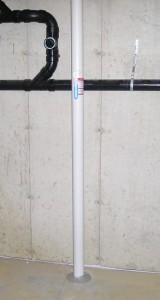
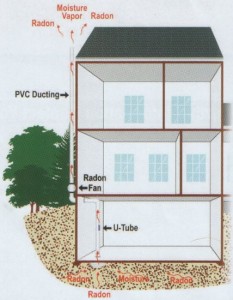
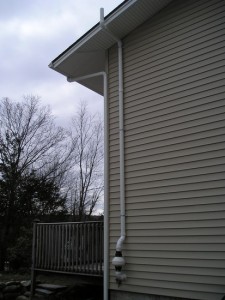
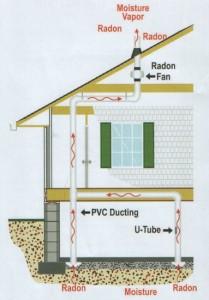
Sub Membrane Ventilation System – SMV
Works on the same principle as a sub slab ventilation system but is used when a house has a dirt crawl space. A radon reduction barrier is installed over the dirt floor, typically a polyethylene or EPDM membrane material, then a suction is pulled on the barrier to negatively pressurize the soil and the radon gas is safely vented out of the house through a piping network.
The piping network on ASD and SMV radon reduction systems can either be routed through the interior or exterior of the house.
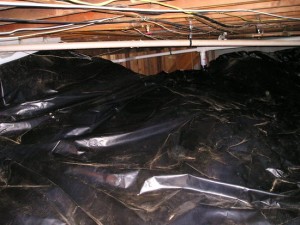
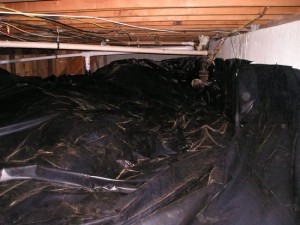
Heat Recovery Ventilation System – HRV
This system removes the radon gas in the basement and dispenses it outdoors and replaces it with radon free outdoor air. This process safely dilutes high radon levels. HRV is an alternative to sub slab ventilation systems in certain situations.
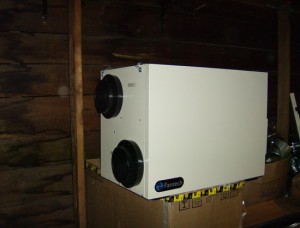
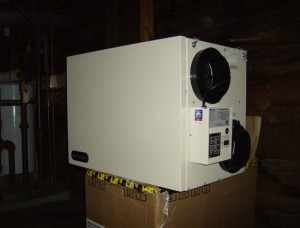
Get an installation quote from our contractors within 1 business day !
Click the button to start your questionnaire.






